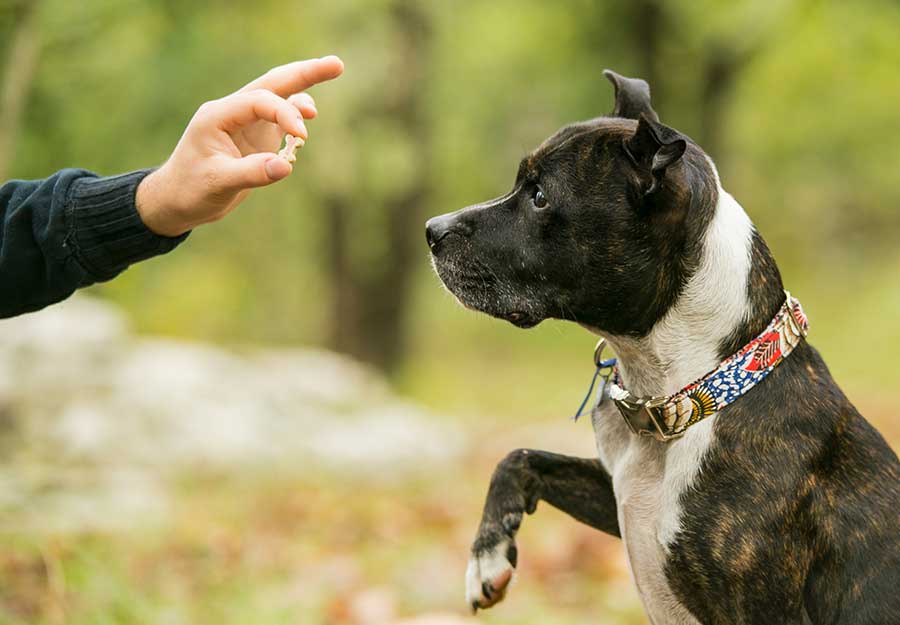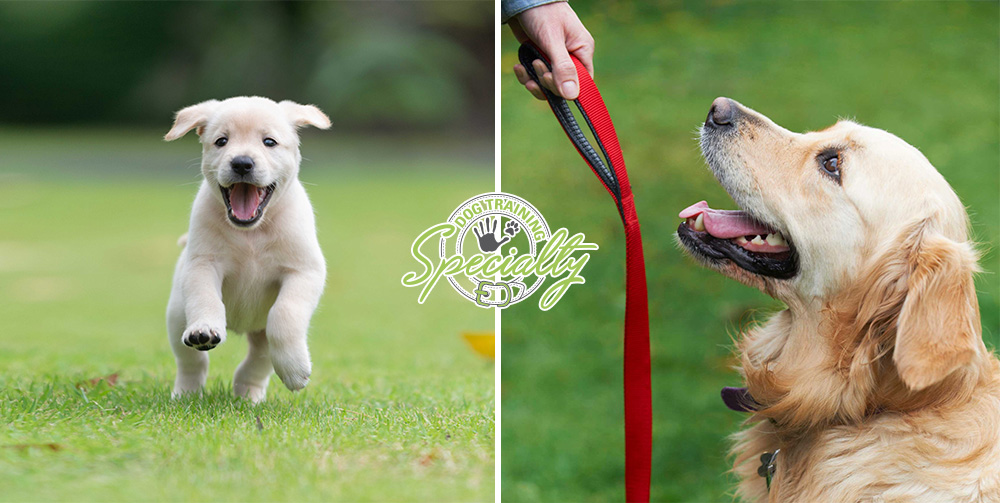The Ultimate Guide to Pet Dog Training: Structure a Happy, Obedient Pet Dog
Reliable dog training is a multifaceted process that pivots on a deep understanding of canine actions and the application of proven strategies. By embracing positive support and consistent command use, family pet proprietors can cultivate not only obedience however also a strong, relying on relationship with their pets. Nonetheless, the journey does not end with fundamental commands; dealing with behavior problems and developing a nurturing training environment are just as essential elements. As we check out these components, it ends up being noticeable that the course to a mannerly and material canine friend might hold more intricacies than one may originally assume.

Understanding Canine Actions
Just how does a pet dog's behavior show its psychological and emotional state? A dog's actions can offer as a window into its sensations, demands, and general emotional wellness.
Body movement likewise plays a critical duty in comprehending canine behavior. A kicked back position and open mouth signal comfort, whereas strained muscles and pinned ears may suggest stress and anxiety or aggression. Observing these signals is necessary for determining the root causes of a canine's habits, whether it originates from fear, irritation, or excitement.
In addition, a pet dog's communication with its setting and other animals can give understanding into its emotion. A dog that involves happily with various other pets is likely sensation social and safe, while one that exhibits evasion or hostility may be experiencing stress or instability. Recognizing these behavior cues is vital for cultivating a solid connection between the pet dog and the owner, inevitably adding to the pet's emotional health and health.
Essential Educating Techniques
Effective pet training strategies are vital for promoting preferable actions and enhancing the bond in between a canine and its owner. Using positive support is one of the most reliable approaches, where incentives such as treats, praise, or play are offered to enhance preferred habits (dog training charlotte). This motivates the dog to repeat those actions, producing a positive knowing atmosphere
Consistency is an additional essential aspect in pet dog training. Commands need to be consistent and clear, and all household participants must use the exact same policies to prevent puzzling the dog. Timing is similarly crucial; benefits ought to be provided immediately after the desired actions to establish a clear connection between the activity and the benefit.
In addition, short and interesting training sessions are effective, as dogs have varying attention periods. Go for sessions of 5 to 15 mins, depending upon the dog's age and energy degree. Including play into training can likewise boost inspiration and enjoyment for both the owner and the pet.
Lastly, persistence is crucial. Canines learn at their own speed, and keeping a calm disposition will aid relieve aggravation, making certain a favorable training experience. These important methods prepared for effective pet training and an unified partnership.
Basic Commands to Teach

Use deals with, appreciation, and play to reward your canine's successes. By instilling these basic commands, owners outfit their pets with the abilities required for a unified and mannerly connection.
Addressing Typical Behavioral Issues
Understanding and dealing with usual behavioral problems in pets is crucial for promoting a harmonious connection between animals and their owners. Several pet dogs display habits such as too much barking, chewing, or aggression, which can stem from anxiousness, monotony, or lack of correct training. Determining the origin of these behaviors is the initial step toward efficient intervention.
As an example, extreme barking might indicate a requirement for attention or a feedback to environmental stimulations. In such situations, proprietors need to assess the pet's atmosphere and supply appropriate psychological stimulation, such as interactive toys or routine workout. Chewing can frequently be handled by rerouting the next page behavior to ideal chew products and ensuring that the canine has enough exercise to reduce monotony.
Aggressive behavior needs cautious handling and may require professional training help. It's vital to recognize that punishment can aggravate anxiousness and hostility, resulting in a cycle of behavior concerns. Rather, concentrate on positive reinforcement techniques to award preferable habits and enhance a complacency.
Building a Positive Training Environment
Producing a positive training atmosphere is fundamental for enhancing preferable actions in pets and reducing behavioral issues. This atmosphere should be characterized by consistency, encouragement, and a clear understanding of the training purposes. By establishing a regular, pet dogs discover what is anticipated of them, which helps in reducing stress and anxiety and complication.
Utilizing favorable support techniques, such as treats, appreciation, and play, promotes a complacency and motivation in the pet. Rewarding excellent behavior promptly and regularly strengthens the desired activities, making the training process more efficient - dog training near me. Additionally, fitness instructors should continue to be person and calm, as dogs are delicate to their handlers' feelings
The training space need to be devoid of interruptions to make certain the dog can concentrate on the jobs handy. Take into consideration utilizing a peaceful space or a safe exterior location. Learn More Here Incorporating playtime and socializing into training sessions advertises an all-round technique, improving the dog's understanding experience.
Ultimately, a favorable training setting nurtures a solid bond in between the pet and trainer, leading to an obedient, delighted animal. By prioritizing this environment, pet proprietors can effectively resolve behavior challenges and cultivate an effective training journey.
Conclusion
Reliable dog training depends on an extensive understanding of canine actions and the application of positive support strategies. Embracing these concepts guarantees check this a gratifying training experience for both canines and their proprietors.
Effective canine training is a complex process that pivots on a deep understanding of canine actions and the application of proven strategies. A pet dog that involves happily with other pet dogs is likely sensation social and secure, while one that shows avoidance or aggression might be experiencing tension or insecurity.Effective canine training strategies are important for fostering desirable habits and enhancing the bond in between a pet dog and its proprietor.Producing a positive training environment is fundamental for reinforcing desirable behaviors in canines and mitigating behavioral concerns.Effective dog training counts on a comprehensive understanding of canine behavior and the application of favorable support techniques.